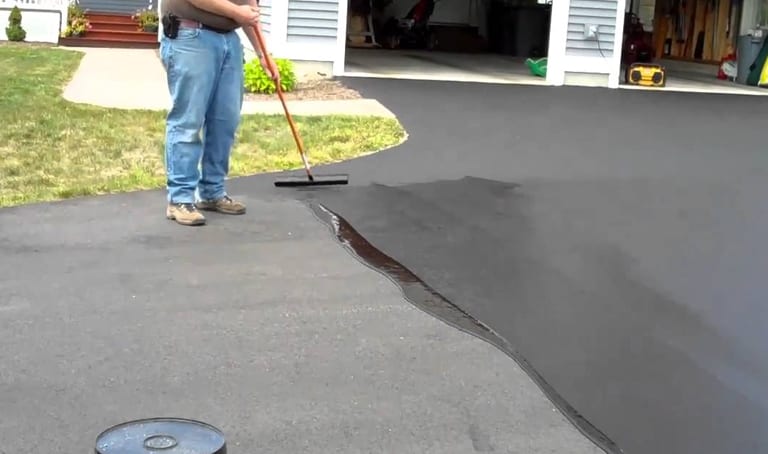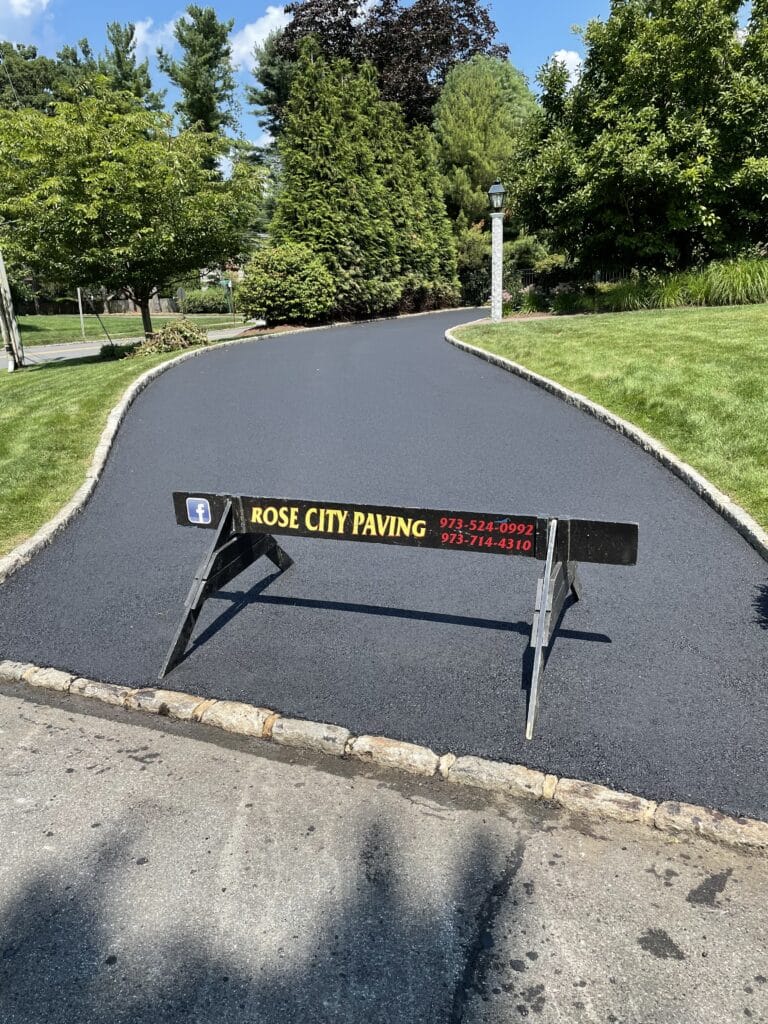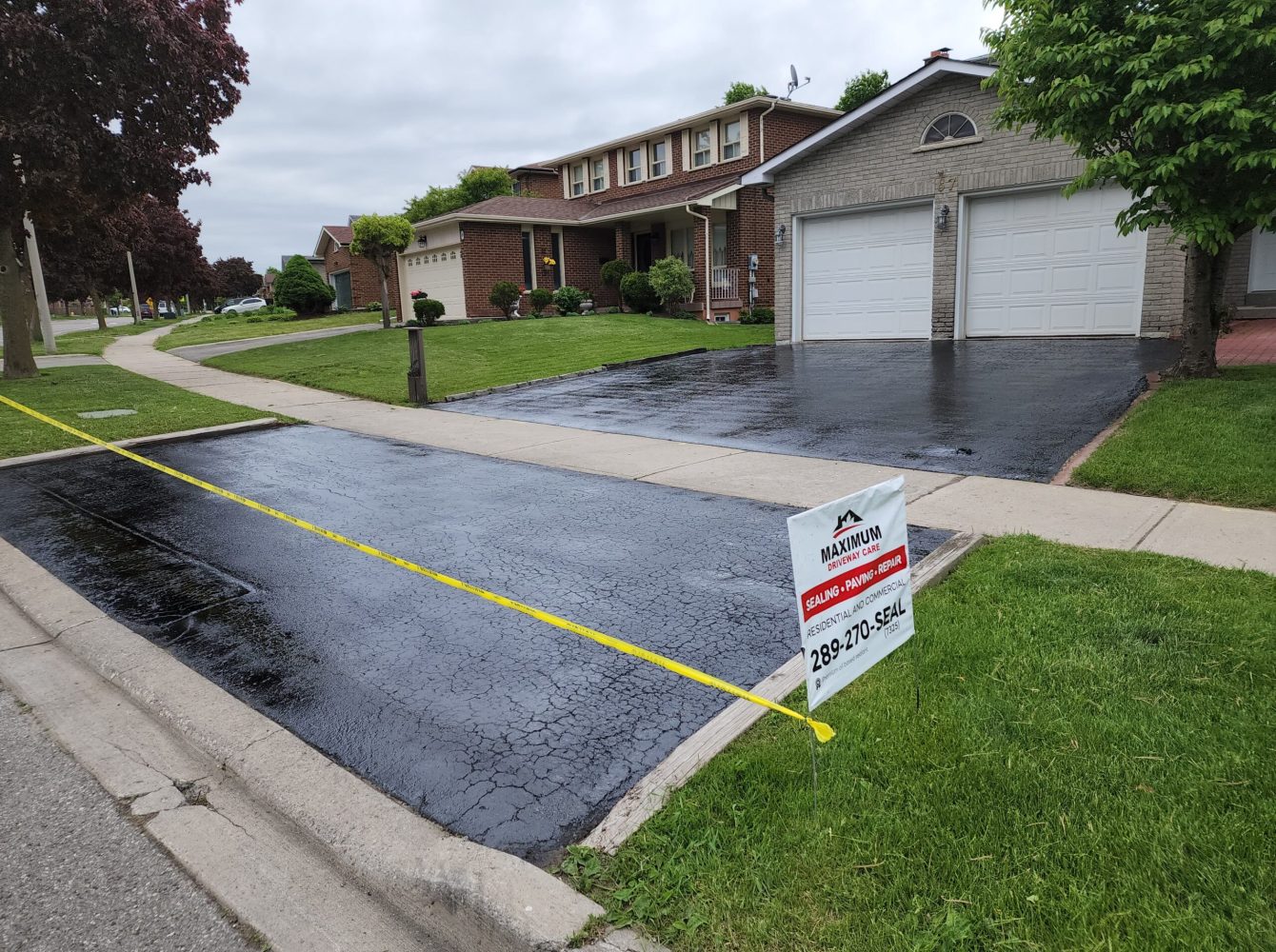Hot Mix Asphalt: A Sustainable Solution for Pavement
Hot Mix Asphalt (HMA) has arised as a leading sustainable option for sidewalk services, offering a myriad of cutting-edge technologies and ecological benefits. As the demand for environmentally friendly building and construction practices expands, exploring the subtleties of HMA's sustainability can offer valuable insights right into the future of pavement services.
Environmental Benefits of Warm Mix Asphalt

In Addition, Warm Mix Asphalt aids to mitigate city heat island results. Its dark color absorbs sunshine, reducing the quantity of warmth showed back into the ambience compared to lighter-colored pavements. This can decrease ambient temperatures in city locations, decreasing the need for air conditioning and eventually lowering power intake.
In addition, Warm Mix Asphalt contributes to improved stormwater administration. Its permeable nature allows water to penetrate the sidewalk and recharge groundwater materials, lowering overflow and the danger of flooding. These ecological advantages make Warm Mix Asphalt a lasting choice for leading highways and roads.
Energy Effectiveness in HMA Production
Is power performance an essential variable in the production of Hot Mix Asphalt (HMA)? Power plays a substantial duty in the manufacturing of HMA, impacting both price and ecological sustainability. One essential element of energy performance in HMA production is the use of cozy mix asphalt (WMA) modern technologies.
In addition, advancements in plant modern technologies have resulted in more energy-efficient HMA production processes. Modern plants are created with features like recycled asphalt sidewalk (RAP) handling capacities, effective heater systems, and enhanced insulation, all adding to energy savings. By maximizing energy use in HMA manufacturing, the industry can minimize its carbon footprint while keeping top notch pavement materials. Power performance is, as a result, an essential factor to consider in guaranteeing the sustainability of Warm Mix Asphalt manufacturing.
Recyclability of Hot Mix Asphalt
The recyclability of Warm Mix Asphalt (HMA) is a pivotal element of its sustainability and long-lasting environmental effect. HMA is among the most recycled materials in the USA, with over 100 million tons of recovered asphalt sidewalk (RAP) being recycled yearly in brand-new sidewalk construction. Recycling HMA provides a number of ecological benefits, such as minimizing the demand for virgin products, decreasing power usage throughout production, and decreasing the amount of waste sent to landfills.
The process of reusing HMA includes milling the existing pavement, squashing it into smaller items, and blending it with brand-new accumulation and asphalt binder to create a recycled mix. In general, the recyclability of HMA plays a read the full info here considerable function in promoting go to the website lasting methods within the pavement industry.

Long-Term Efficiency of HMA
Asphalt sidewalks show longevity and resilience over an extensive period, mirroring the long-lasting efficiency of Hot Mix Asphalt (HMA) Additionally, innovations in HMA modern technology, such as the usage of polymer-modified binders and warm mix asphalt, have actually additionally improved the toughness and durability of HMA sidewalks. By focusing on quality building and maintenance methods, HMA continues to verify itself as a lasting and economical option for long-lasting sidewalk facilities.

HMA: Durability and Sustainability
Showing both toughness and sustainability, Warm Mix Asphalt (HMA) has actually become a cornerstone in the building of lasting sidewalk facilities - commercial parking lot paving. HMA's resilience stems from its capability to hold up against heavy tons, harsh weather, and high website traffic volumes, making it a reputable selection for roadways, freeways, and flight terminal runways. The structure of HMA, which usually consists of aggregates, binder, and filler, plays a critical role in enhancing its long life and resistance to put on and tear
Additionally, HMA's sustainability hinges on its recyclability and energy-efficient manufacturing process. The ability to recycle recovered asphalt sidewalk (RAP) in new HMA blends decreases the need for virgin materials and lessens the environmental effect of pavement building and upkeep. Furthermore, the power effectiveness of generating HMA depends on its lower blending temperature levels compared to other sidewalk materials, resulting in minimized power intake and greenhouse gas exhausts.
Conclusion
In conclusion, hot mix asphalt (HMA) uses a lasting option for sidewalk with its ecologically friendly attributes. HMA's recyclability, energy efficiency in explanation production, and long-term longevity make it an environment-friendly option for road construction.
HMA is one of the most recycled products in the United States, with over 100 million heaps of redeemed asphalt pavement (RAP) being recycled annually in brand-new sidewalk building.The procedure of recycling HMA involves milling the existing pavement, crushing it right into smaller pieces, and mixing it with new aggregate and asphalt binder to create a recycled mix.Asphalt sidewalks demonstrate sturdiness and durability over an extensive period, mirroring the lasting performance of Hot Mix Asphalt (HMA) In addition, developments in HMA innovation, such as the use of polymer-modified binders and cozy mix asphalt, have actually additionally improved the longevity and longevity of HMA pavements. The capability to recycle redeemed asphalt sidewalk (RAP) in new HMA mixtures minimizes the demand for virgin materials and reduces the environmental impact of pavement building and construction and maintenance.